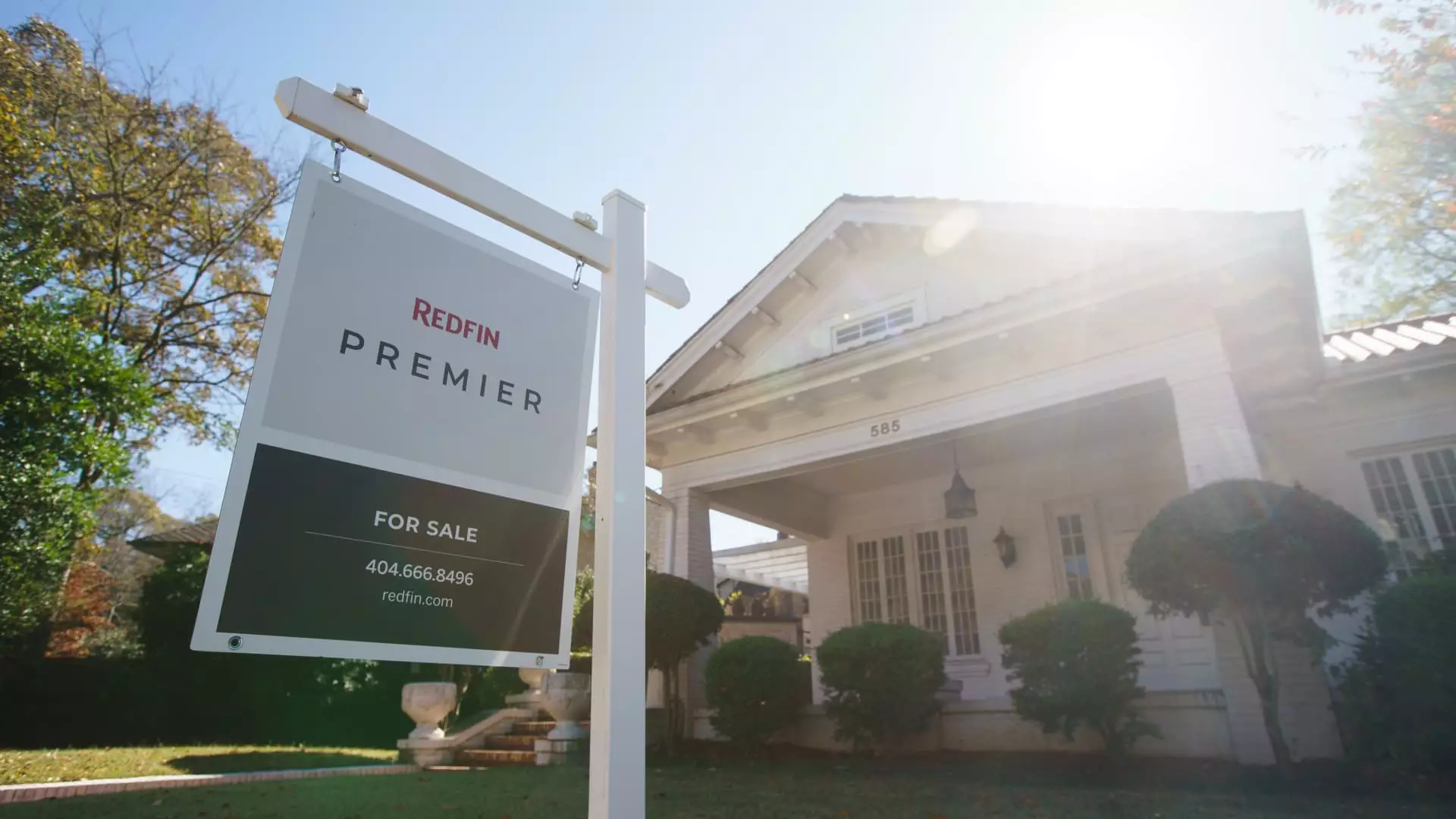The housing market continues to experience strong demand and limited supply, leading to a significant increase in home values. According to the S&P CoreLogic Case-Shiller national home price index, home prices in February rose by 6.4% year over year, marking the fastest rate of price growth since November 2022. The 10-city composite also saw a substantial increase of 8%, while the 20-city composite reported an annual gain of 7.3%. This surge in home prices has pushed values to all-time highs in several cities, including San Diego, Los Angeles, Washington, D.C., and New York.
Among the 20 cities included in the index, San Diego experienced the largest increase in home prices at 11.4% from February 2023. On the other hand, Portland, Oregon, saw the smallest gain at just 2.2%. The Northeast region, which includes cities like Boston, New York, and Washington, D.C., has emerged as the top-performing market over the last six months. While smaller markets benefited initially from remote work arrangements, the return to in-person work has shifted the focus back to larger metropolitan areas in the Northeast.
Despite economic uncertainty, home prices have continued to rise, marking the second instance since 2022. The first decline followed the Federal Reserve’s hiking cycle, while the second decline coincided with the peak in average mortgage rates last October. The index’s three-month moving average captures the price trends as far back as December, when mortgage rates hit record lows and expectations of a rate cut were high. However, the subsequent increase in mortgage rates by nearly a full percentage point and persistent inflation have dampened expectations of significant rate cuts by the Federal Reserve this year.
The fluctuating dynamics of the housing market, driven by a combination of demand, supply constraints, and economic factors, continue to shape the trajectory of home prices. As buyers navigate through a competitive market environment, characterized by rising prices and limited inventory, the future of the housing market remains uncertain. While factors such as remote work flexibility and interest rate movements have influenced buyer behavior in recent months, the long-term sustainability of the current market trend remains to be seen. Keeping a close eye on evolving market dynamics and economic indicators will be crucial for both buyers and sellers navigating the complex landscape of the housing market.


Leave a Reply